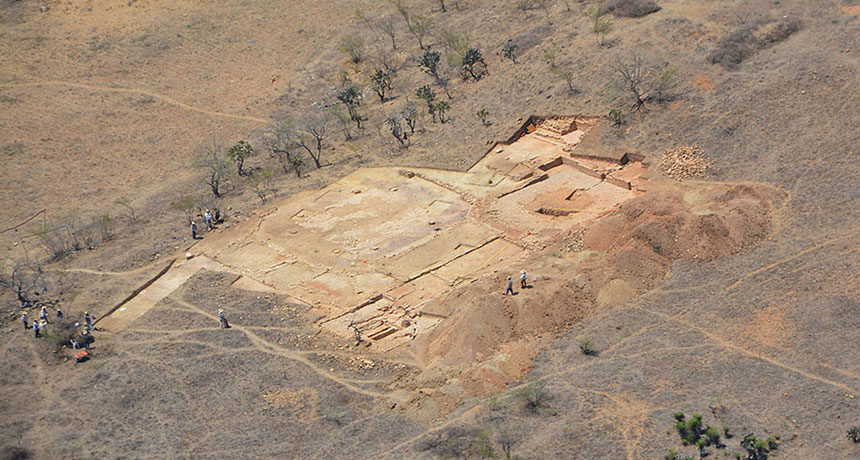Palace remains in Mexico point to ancient rise of centralized power
Ruler ruled, lived in, maybe even performed ritual sacrifices in 2,300-year-old structure

ROYAL DIGS An aerial view shows an excavated section of a ruler’s palace in southern Mexico that dates to as early as 2,300 years ago. This structure contained areas for conducting government business. The ruler’s living quarters, above and to the right of the exposed area, were filled in with dirt after being excavated.
E.M. Redmond and C.S. Spencer







